Retail isn’t dying - it’s evolving into immersive, sensorial experiences that blend physical and digital design to emotionally engage consumers and transform shopping into a multi-sensory journey.
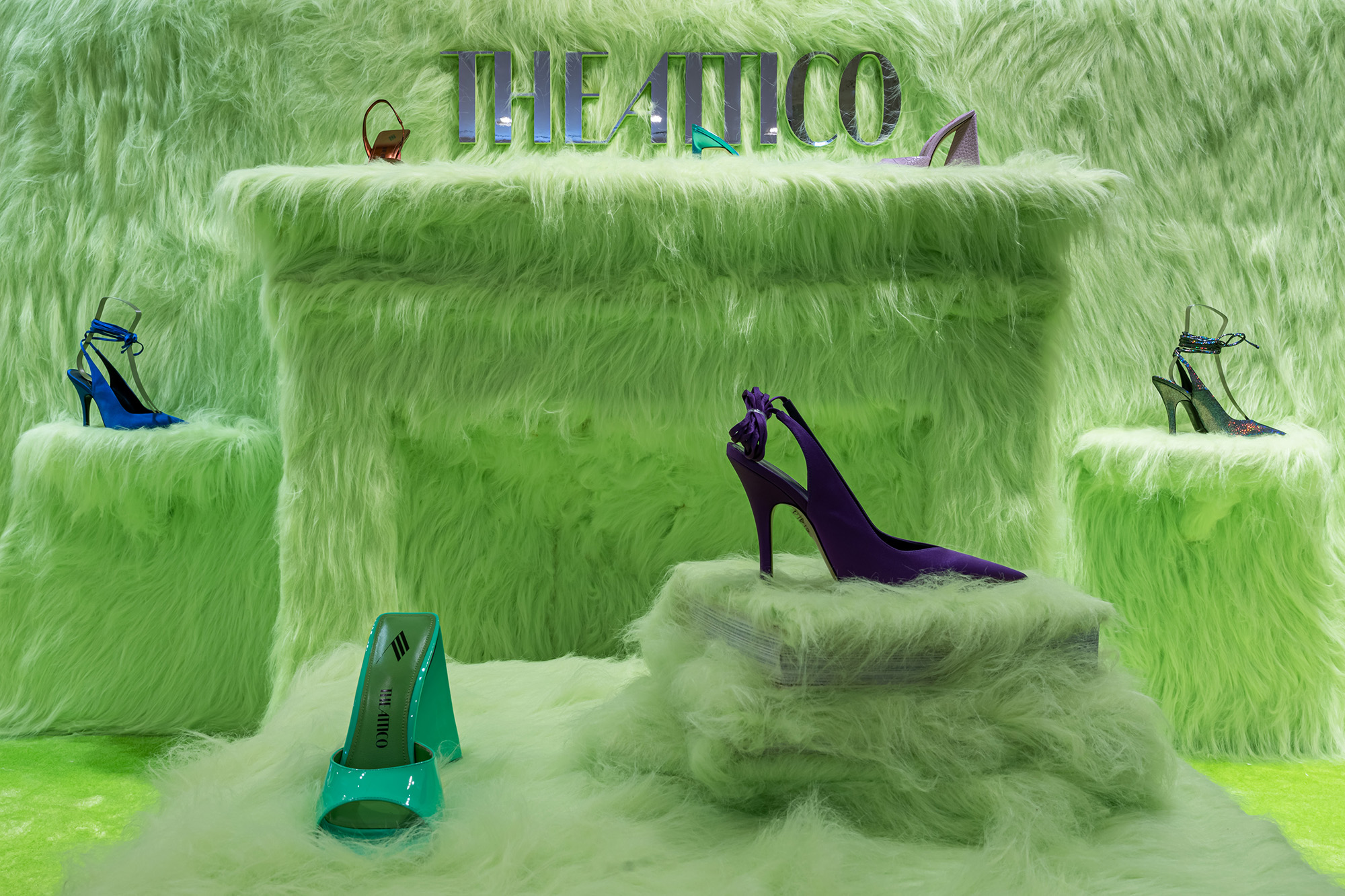
We have all become accustomed to digital convenience and one-click purchases, the death of retail has been dramatically overstated. The real truth? Retail isn’t dying - it’s transforming. From 2027 and beyond, physical stores will shed their traditional roles and emerge as immersive, multi-sensory brand experiences.
Welcome to the era of sensorial store design - where smell, sight, sound, and even touch converge to create environments that engage, inspire, and emotionally connect with consumers.
Retail spaces are no longer just about selling products. According to the Interior Design Report: Design Your Glitch (2025–2027), 80% of retailers plan to deploy augmented reality (AR) in customer experiences by 2025. This signals a seismic shift toward experience-first design.
Today’s consumers crave more than function - they seek emotion, memory, and sensory stimulation. The rise of synesthetic commerce means stores are now:
Sensorial store design refers to retail environments that go beyond visual aesthetics to activate the full range of human senses. It involves:
These are intentional, immersive experiences that turn shopping into something unforgettable.
Interior Design Report cites trailblazing examples leading this retail evolution:

This experimental digital installation saw Crosby Studios reimagine the showroom experience for a post-physical era using AR overlays. Set in a surreal chrome interior, the "Virtual Sofa" presented a dreamlike lounge space dressed entirely in Nike puffer jackets. The bold color blocking, oversized forms, and playful materiality blurred the lines between interior design, fashion, and digital art. Viewers could explore the space virtually, with the puffer sofa acting as both furniture and fashion artifact - designed not to be touched, but to be experienced visually and virtually.
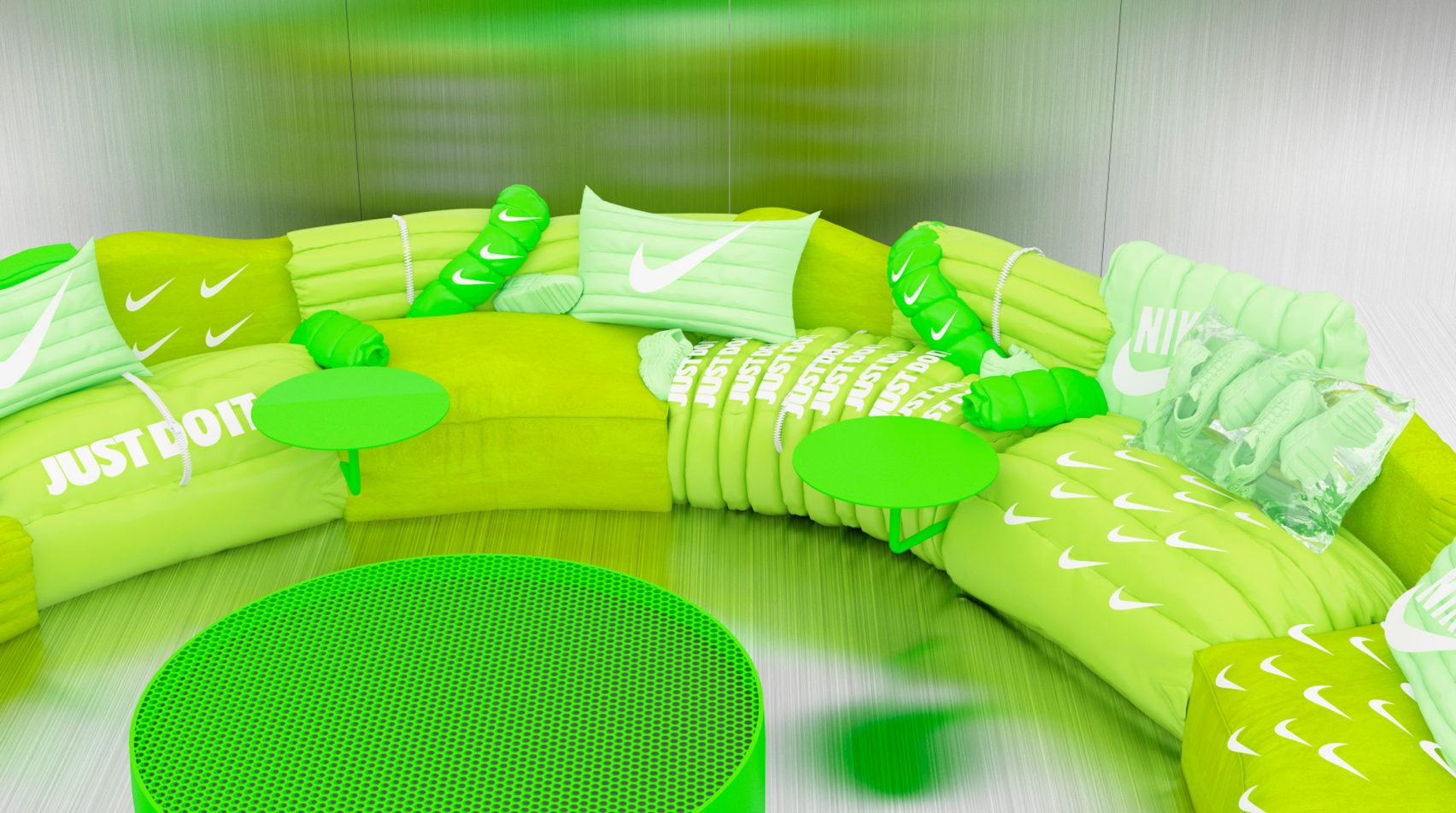
Key Takeaway: Digital interiors can be just as sensorial and brand-rich as physical spaces - perfect for immersive storytelling without physical constraints.

In Milan’s famed La Rinascente department store, Studio Boom created a fashion corner for The Attico that feels like a theatrical vignette rather than a retail zone. The space plays with rich jewel tones, oversized sculptural elements, and reflective materials to create a heightened, sensorial atmosphere. More than just a store, it reads like an immersive installation - each detail curated to embody the brand’s bold, playful energy. The design embraces visual excess and spatial drama, proving that luxury retail can also be disruptive and artistic.
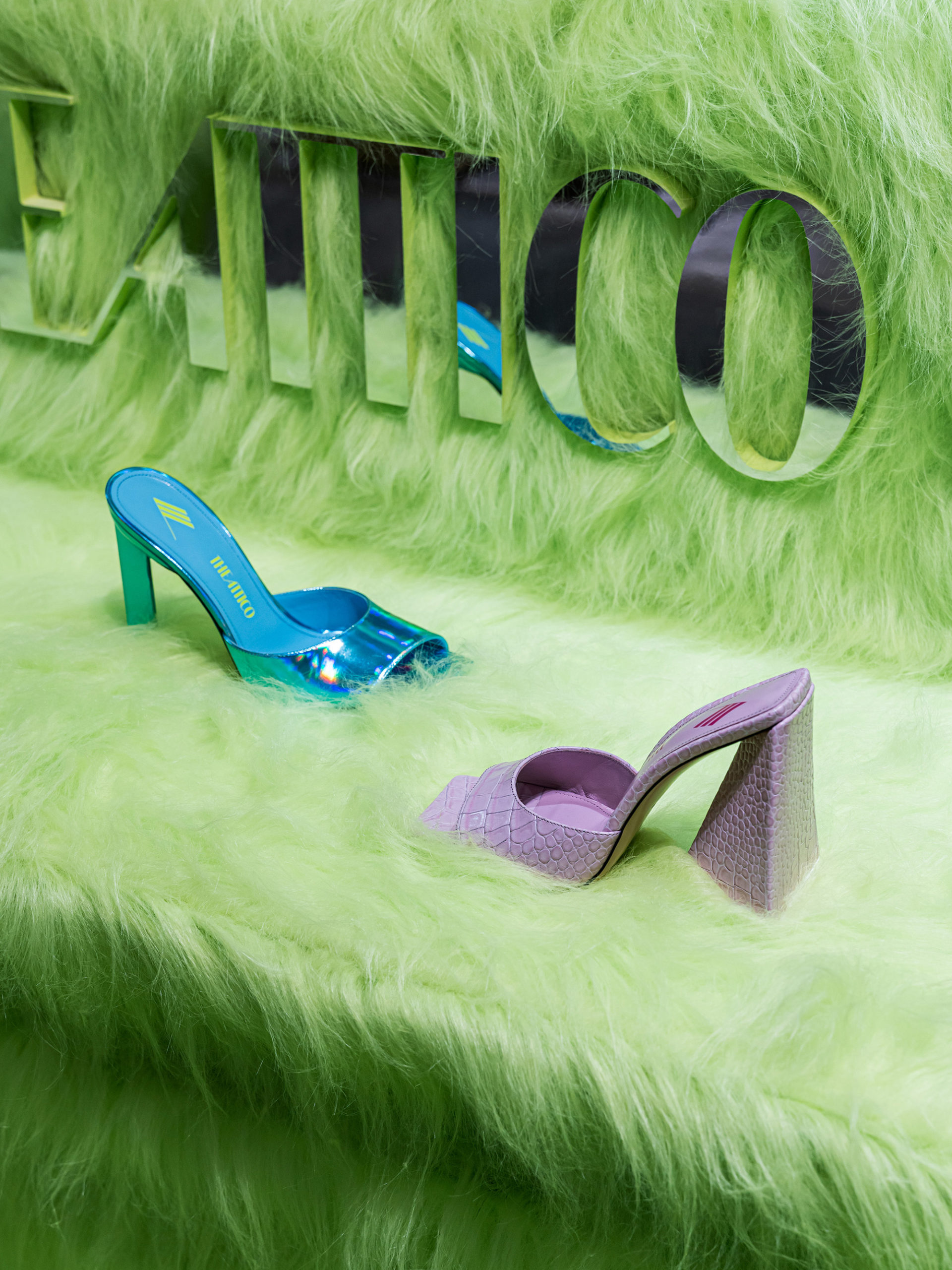
Key Takeaway: Retail spaces can function like stage sets - evoking emotion and spectacle to create a lasting brand impression.
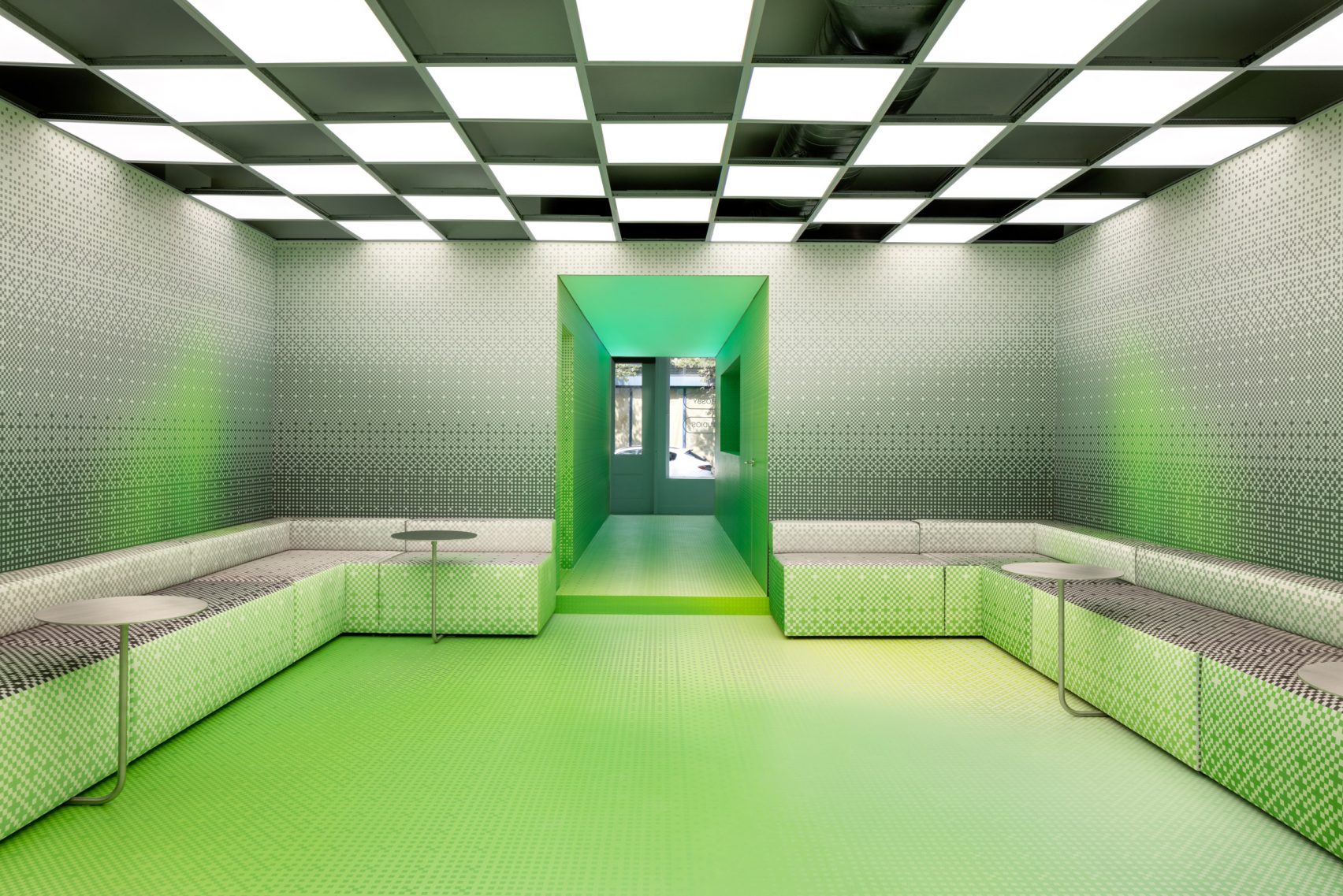
Crosby Studios partnered with digital fashion platform Zero10 to create a futuristic retail pop-up in New York. The space used AR technology to let shoppers try on digital garments via in-store screens and their smartphones. Minimal physical merchandise was displayed - instead, the experience centered on interaction, play, and virtual styling. Reflective surfaces, glowing frames, and motion-reactive screens turned the space into a responsive showroom that feels alive. It's a clear sign of how hybrid realities - where digital overlays enhance physical design - are redefining the customer journey.
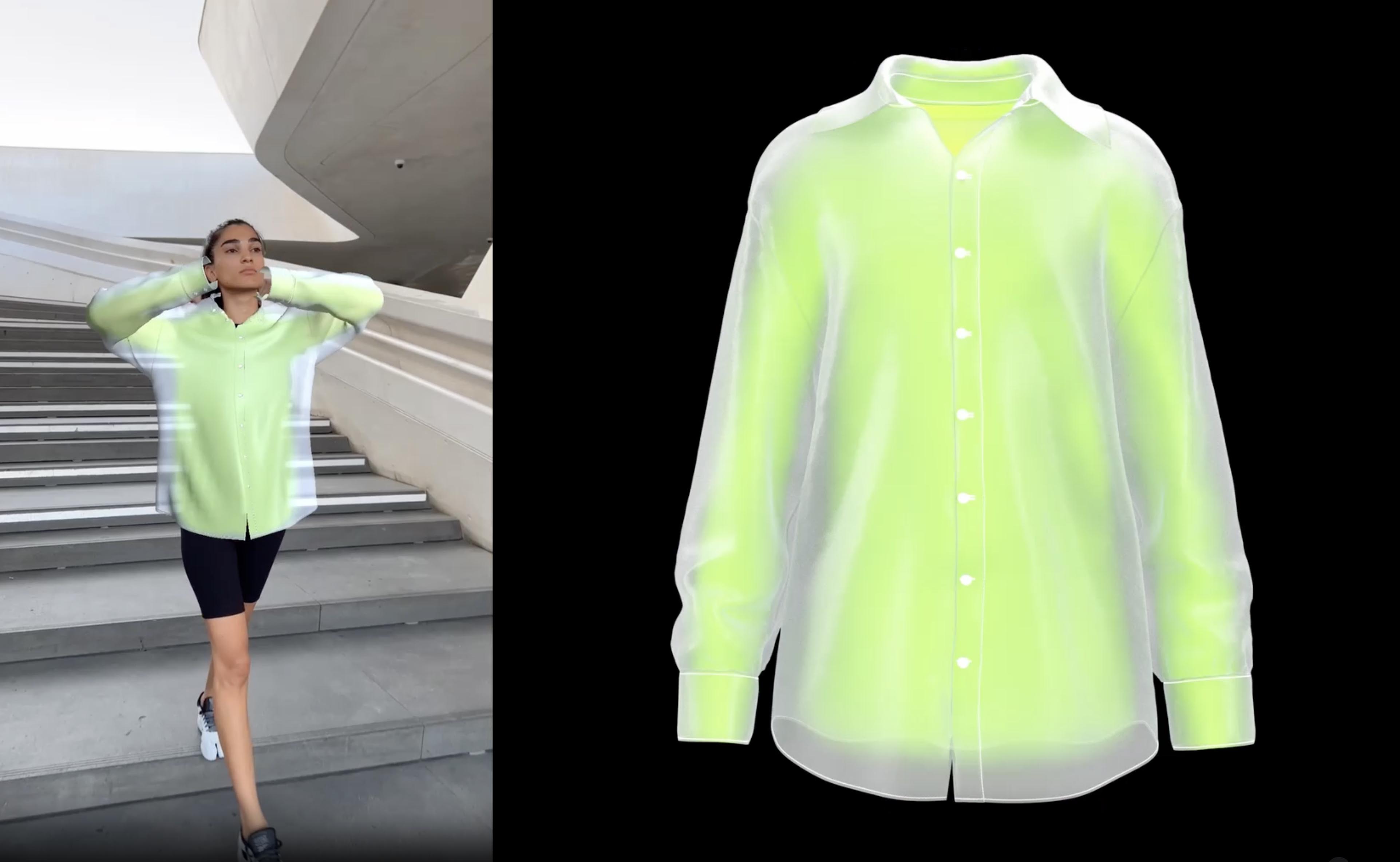
Key Takeaway: AR-powered pop-ups show how future retail will blend digital fashion with physical immersion - creating layered, personalized brand experiences.

Digital artist Vincent Schwenk collaborated with UGG to create a surreal, multi-textural dream world for their SS22 campaign. The environments are rendered entirely in 3D, blending fluid, tactile materials with unexpected structures and vivid color gradients. Though not a physical store, the campaign represents a digital-first retail experience designed to evoke touch and emotion through screen-based interactions. It's a strong example of how brands are now designing virtual spaces that feel more sensorial than some real-world stores.
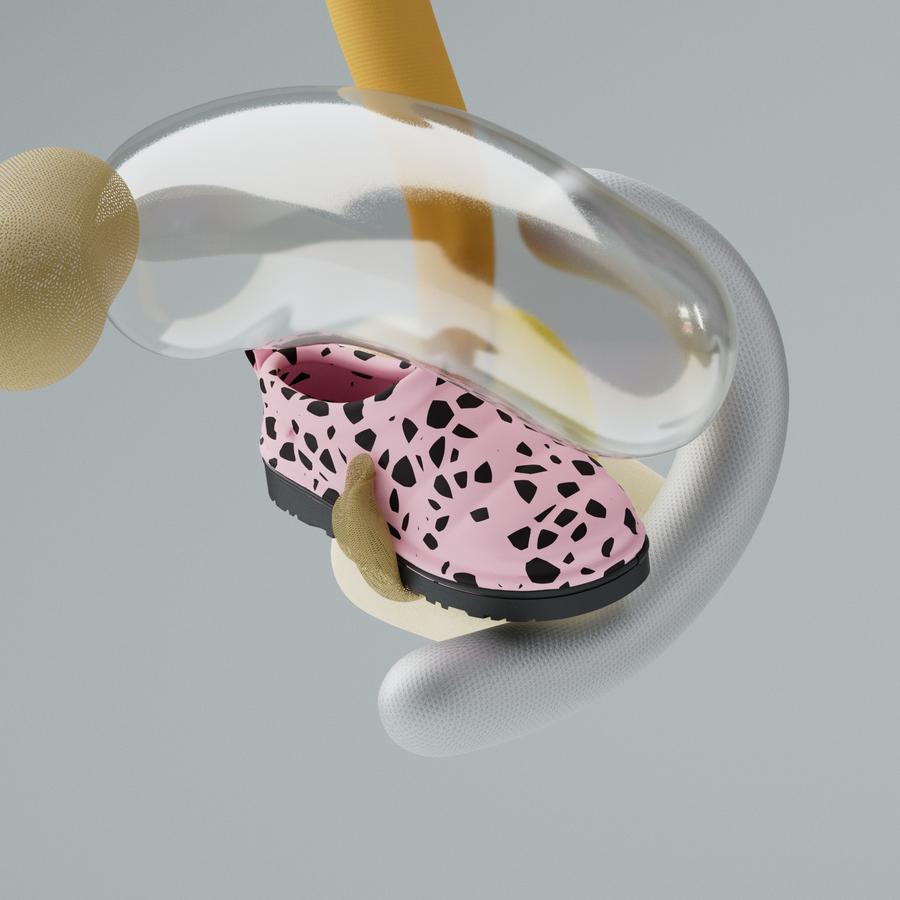
Key Takeaway: Digital campaigns can tap into sensory design using visual texture, motion, and emotional cues to replicate the intimacy of physical retail.
Here’s what’s driving this shift:
This isn’t a fad - it’s a long-term pivot to emotionally resonant retail.
Ready to future-proof your retail space? Here are actionable tips:
Retail’s next chapter is written in texture, light, scent, and sound - enhanced by the dynamic possibilities of digital technology. As consumers navigate an increasingly screen-based world, they’re not seeking escape from digital, but deeper emotional engagement through it.
Sensorial store design isn’t just the future of retail - it’s its reinvention, where physical and digital merge to create immersive, memorable experiences that connect on a human level.